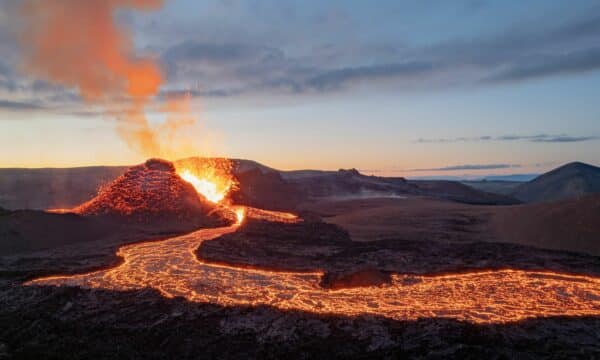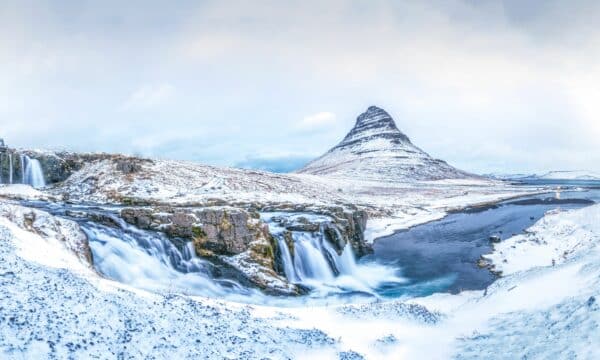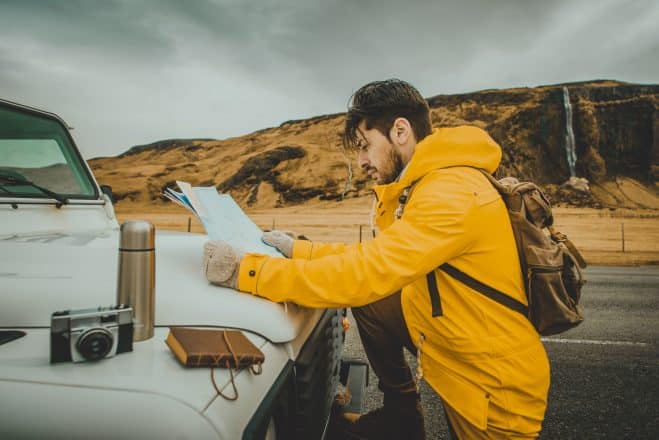
Iceland is not only an incredible country to visit for its abundance of breathtaking natural attraction, but also because it’s fairly easy to navigate and very tourist-friendly. Practically everyone speaks English to a high degree, and it has been voted the safest country in the world, 13 years in a row.
That being said, there’s always more to know about a country and this article will fill you in on all the tips and tricks you should know before you arrive in Iceland. Let’s get right into it!
COVID-19 in Iceland
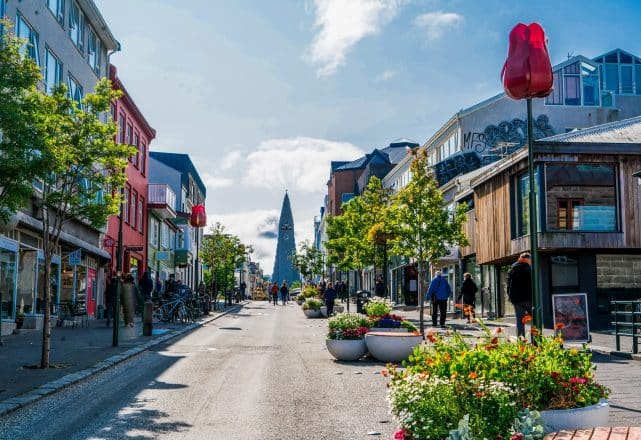
Currently, all COVID-19 restrictions have been lifted in Iceland, including those at the borders. Anybody can now enter the country regardless of their vaccination status.
However, we all know how fast things can change, so be sure to check the most up-to-date COVID-19 travel restrictions. That way, you don’t run into any problems at the border. Note that visa requirements have not changed so make sure to check if you need one of those.
Approximately 80% of the country is double vaccinated and Iceland has fared comparatively well in the global pandemic.
Visit www.covid.is for everything you need to know about coronavirus in Iceland. Information is available in over 10 different languages. There is also a live web chat feature if you have any additional questions.
Book in Advance
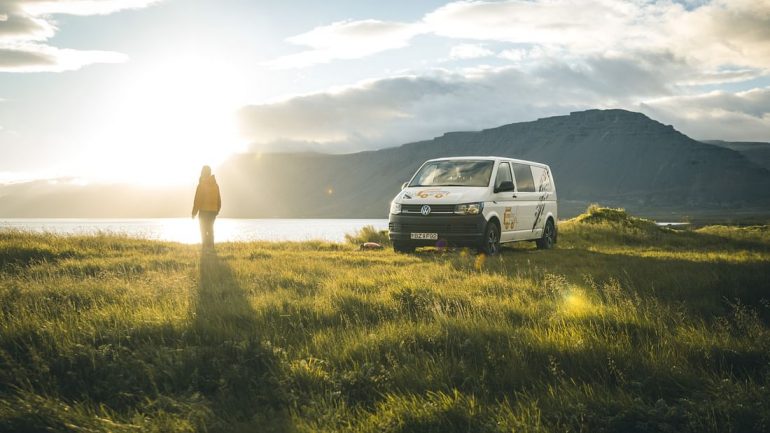
One essential way to ensure you enjoy your Iceland adventure is to book your accommodation and car-hire (if you intend to drive) well in advance. Despite a large tourism industry, Iceland is still a relatively small country and it’s not as easy to book essential travel services on the fly as might be the case in larger countries.
Spots in the best accommodation are limited and car rental agencies have been known to run out of cars so it’s best not to take any chances. Booking early also carries the added benefit of clinching the best deals and rates on offer so don’t miss out on getting exactly what you need for the best possible price.
It’s a lot easier to book day tours or activities. So if you have a free afternoon and you decide you want to go on a whale watching tour or a snowmobiling expedition, don’t hesitate to get in touch. Keep on reading for many more tips and tricks for enhancing your Iceland experience.
Pack Good Footwear
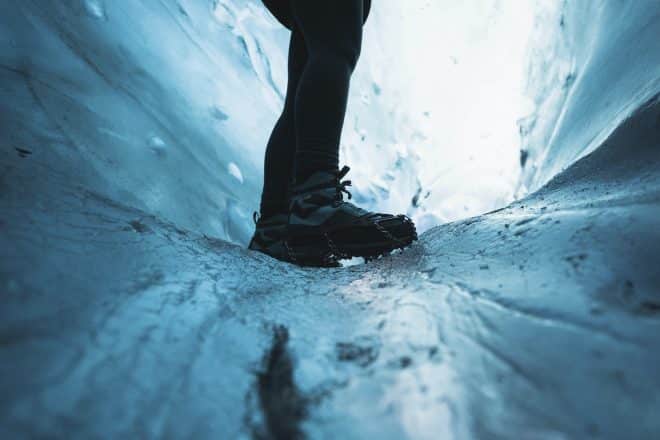
Whether you’re visiting Iceland in summer or winter, good footwear is a must. If you bring just one pair of shoes, you will be safe with a solid pair of waterproof hiking shoes. Areas around popular attractions, especially waterfalls, are often wet and muddy all year round so be sure to be prepared.
If you’re travelling in the wintertime, it’s a good idea to bring crampons that you can stretch over your shoes to avoid slipping on any ice. These are not necessary for walking around in Reykjavík as most walkways are thoroughly gritted and snow is cleared especially well in the downtown area.
Check Weather Warnings
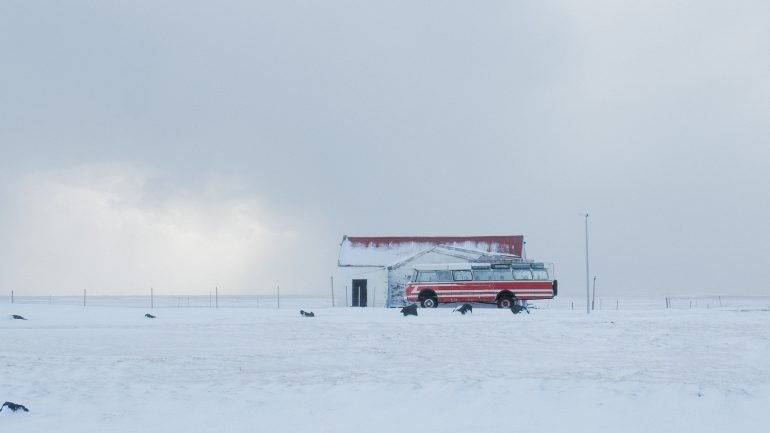
The weather in Iceland is notoriously changeable and bad weather can render some routes impassable. Before setting out for the day, be sure to check www.safetravel.is for any weather warnings and road closures and heed all advice issued.
Every year, without fail, there are stories in the news about travellers running into trouble and even danger for not paying proper attention to weather warnings or not taking them seriously. Don’t let this be you!
There’s an old saying in Iceland that if you don’t like the weather, all you have to do is wait 5 minutes. Bad weather will pass and while you’re waiting, why not see if there’s a local museum, restaurant, or swimming pool you can visit in the meantime.
Layer Your Clothing
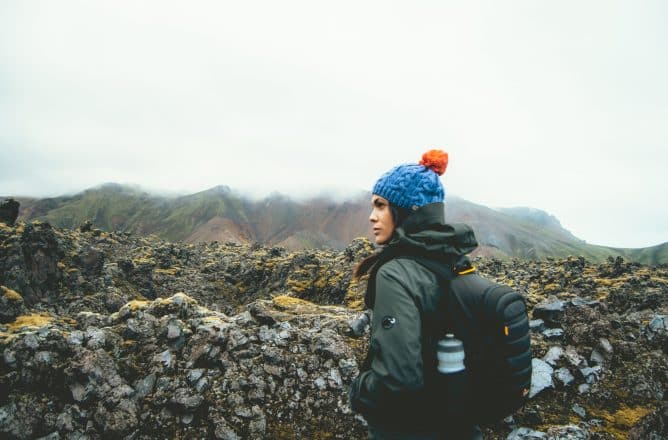
A local secret to getting by in all weather conditions in Iceland is to layer your clothing. As mentioned before, the weather is changeable and you could experience blazing sunshine, snow, rain, and blustering winds, all in one afternoon!
The best way to ensure you don’t get too hot or cold is by layering. Undergarment thermals are great in the wintertime and hats gloves and scarfs can be useful all year round.
If you’re going to be on and off of a bus or in and out of the car, a fire-tested method is to have a waterproof shell jacket and trousers that you can slip on and off over your outfit.
Tips on Tipping in Iceland

Tipping is not customary in Iceland and service is included in your final bill at a bar or restaurant. That being said, if you wish to reward excellent service, no server will turn their nose up at a tip and it is very much appreciated. There is no tipping line to add gratuity to your bill so if you want to add a tip, you will have to provide this in cash.
A definite don’t is to bring up the topic of tipping with your server. “I would tip you but you don’t tip here” puts the server in an uncomfortable position and doesn’t do you any favours. If you feel their service has gone above and beyond, by all means, feel free to tip, if not, don’t sweat it. The same goes for tour guides.
There are free walking tours in Reykjavík and the people who run these rely solely on tips so definitely consider tipping in these circumstances.
Pay with Card
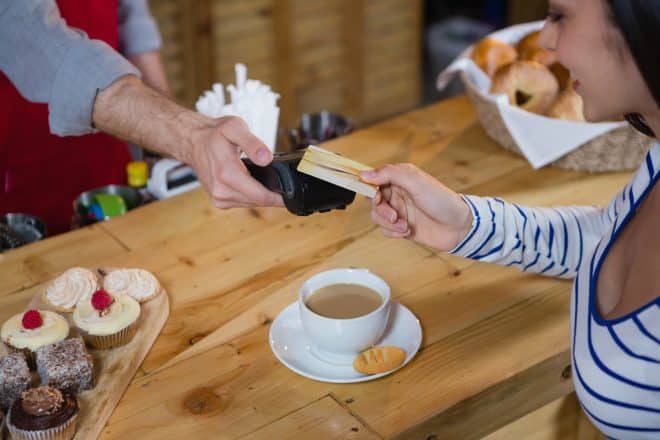
Although cash might prove useful in the case of tipping, otherwise cash is not necessary for your stay in Iceland. Approximately 98% of all domestic transactions are made using cards and if you arrived in Iceland without any cash, you will be just fine.
For North American travellers, it’s worth checking if your payment card comes with a PIN number and if it does, be sure to have it memorised. It will be particularly useful when it comes to self-service gas stations which are common throughout the countryside at which a PIN number is essential to complete your transaction
Drink the Tap Water
Icelandic tap water is clean, safe, and, absolutely delicious! One tourist trap to avoid is buying your water instead of getting the same quality stuff, for free, straight from the tap. Just be sure that your water is running cold as the hot water contains traces of sulphur which give it an eggy smell and a bit of a funny taste.
All beer and soda that is manufactured in Iceland (including Coca Cola and Pepsi beverages) are made using local pristine water sources, giving them a crisper and, arguably, a better taste. So, drink the tap water but also try something you’re familiar with and see if you can taste the difference.
Drive Carefully
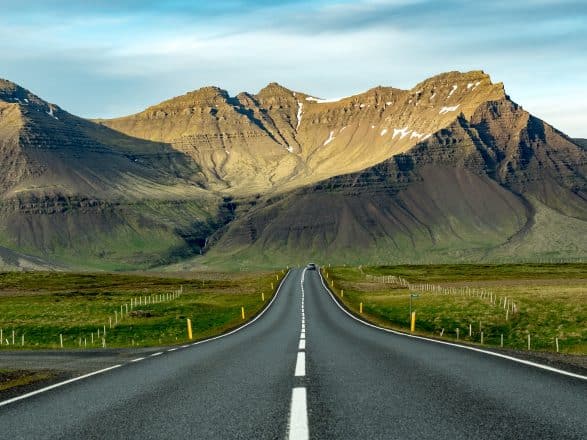
Of course, you should always drive carefully. But here in Iceland, there are some novel things to consider that you might not have encountered elsewhere.
Firstly, the weather can be volatile and wind speeds can be particularly strong, so be sure to check the forecast before travel. If travelling in the wintertime, you might experience icy road conditions and poor visibility due to snow. Many car rentals offer vehicles with studded tires so if you intend on doing a lot of wintertime driving in the countryside, it’s worth inquiring if that’s something they can provide. Don’t ask for chains though; they are not necessary nor available.
Throughout the country, there are many one-lane bridges and a few one-lane tunnels. Be extra cautious when encountering other vehicles in these situations, and be prepared to yield and come to a complete stop.
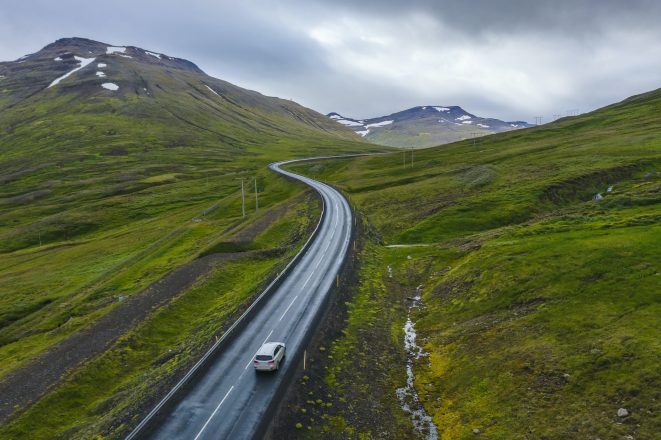
Although most of the main roads are tarmacked, there are still many dirt roads, especially in the Highlands and Westfjords. Reduce your speed and drive extra carefully, especially if the roads are wet.
Off-road driving is strictly prohibited and if you are caught doing it, you will face a considerable fine.
Other basic information worthy of note is that you drive on the right, overtake on the left, and are legally required to wear a seatbelt (drivers and passengers). Car lights are mandatory day and night, even in the summer, and there is zero tolerance towards drinking any amount of alcohol and driving.
Driving through Iceland is definitely one of the best and most enjoyable ways to see the country. So don’t let any of this advice put you off. Rather, be prepared, stay informed, and be safe!
What the F-Roads
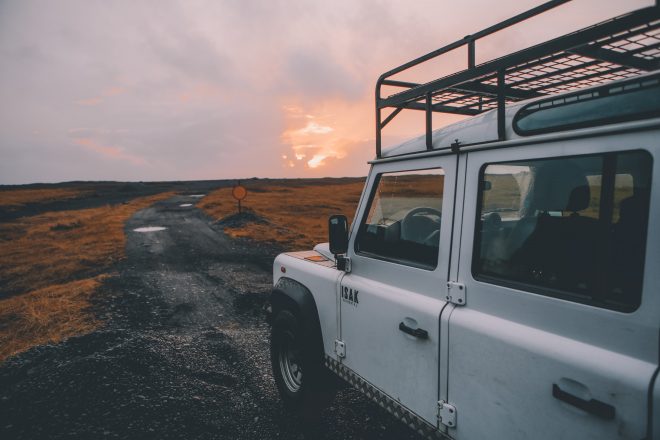
F-roads are mountain roads, the ‘F’ stands for ‘Fjall’, which means mountain. Most F-roads are found in the interior of the country, giving access to the wild and breathtakingly beautiful Highlands. They are found in other parts of the country too, so be sure to keep an eye open for these while planning your route (visit www.road.is for more information).
Legally, and, for your safety, you will need a 4-wheel-drive vehicle to traverse these rough ungraded gravel tracks. This also applies to 3 additional roads: Kjölur (road 35), Kaldidalur valley (road 550), and, Jökulhálsleið (road 570). You will be liable for all damages if you have an accident in a 2WD on these roads.
The quality and maintenance of these tracks vary considerably and some may involve fording (crossing) rivers. So you’re best off doing your research before you choose your vehicle to match your route.
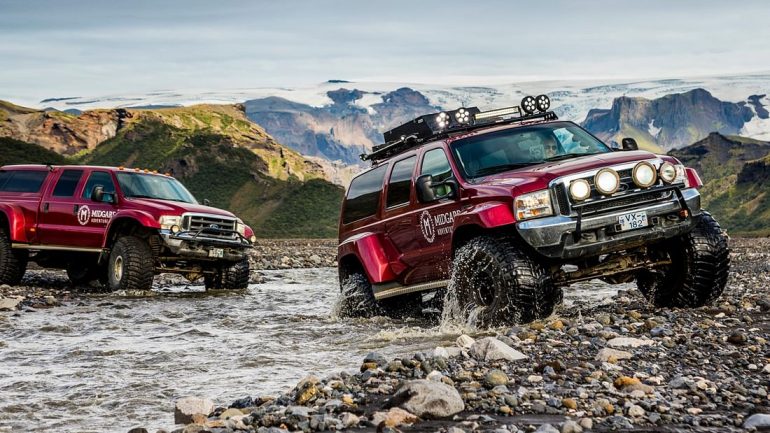
F-roads are closed in the winter and opening times depend on weather conditions. That being said, most F-roads are usually open mid-June to mid-September and you can check their status at www.road.is.
Pack a European Travel Adapter
Pack a European type C adaptor (220 volts) so you can charge your devices. If you forget to bring one, you can easily purchase one here. Alternatively, ask your accommodation staff if they have a spare one handy at reception. Many modern rooms offer USB charging ports.
GMT Time Zone in Iceland
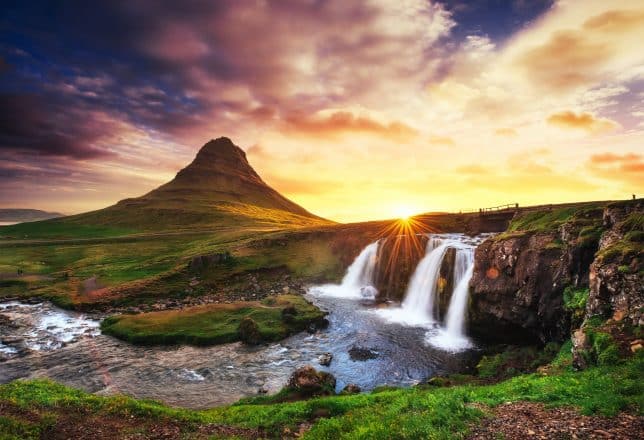
You might be wondering what time zone is Iceland in. It is in GMT, or, UTC+0 and there are no daylight savings in Iceland.
Do your Food Shopping at Bónus
Whether you’re buying snacks or you’re looking to self-cater your entire journey, the supermarket Bónus is the cheapest place to shop. The company’s insignia is a pink cartoon piggy bank on a yellow background making it fairly easy to spot. There are many outlets in Reykjavík and you can find a Bónus in most major towns throughout the countryside.
If there’s something you can’t find at Bónus, the alternative supermarkets are Krónan, Nettó, or Hagkaup. Try NOT do your shopping at the shop, 10/11. Prices here are extortionate and you should only shop here for a one-off refreshment or tobacco supplies.
So live like a local in Iceland and go to Bónus.
Buying Alcohol in Iceland
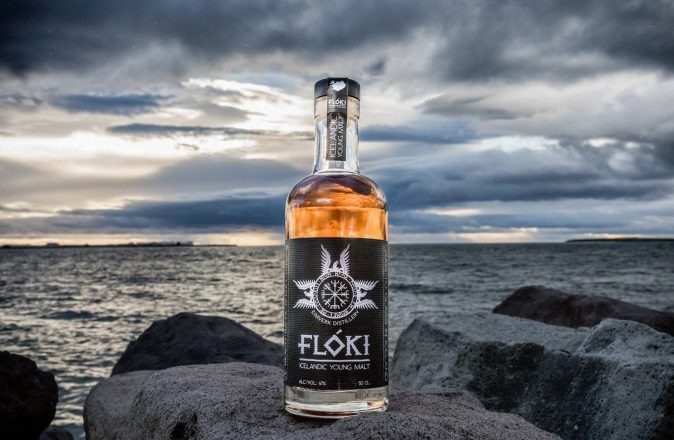
Alcohol is expensive in Iceland. And it is only available for purchase outside of a restaurant or bar from government-licensed liquor stores called Vínbúðin. Most stores are open 11-18:00 except for Sundays when they are closed. Vínbúðin stores are a little harder to come by in the countryside and their opening hours are even more limited. You can find more information here: www.vinbudin.is.
The legal drinking age in Iceland is 20 years old and it’s always a good idea to bring your ID. Don’t buy beer at the supermarket; it’s not actually beer but a very low alcohol pilsner (usually around 2% ABV).
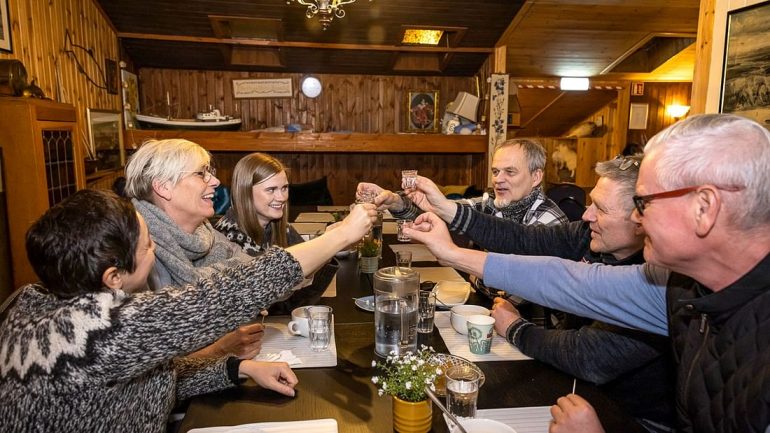
If you’re in Reykjavík and looking for Happy Hour drink deals. You can download and use the Appy Hour app by the English-speaking newspaper, The Grapevine.
The best tip if you want to drink in Iceland is to bring it with you! There is a large duty-free store in the arrivals lounge of the airport so you don’t even need to lug your bottles on the plane with you. Icelanders always make the most of this too, so get in on a local secret and join them.
Swimming Pools in Iceland
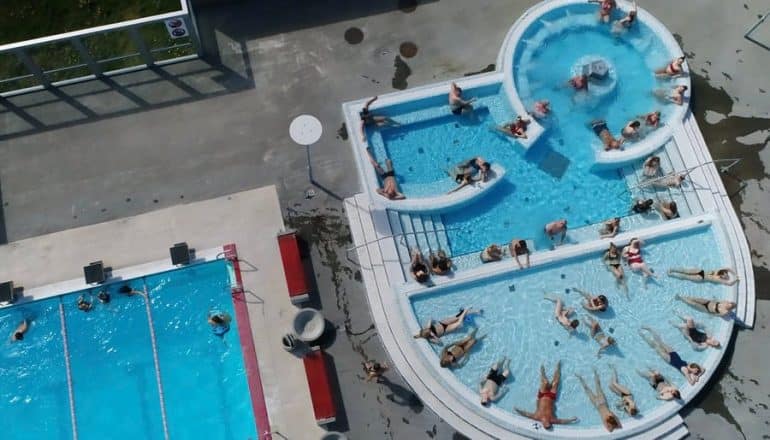
Natural hot springs are not the only way to enjoy Iceland’s magnificent geothermal power. Dotted around the country are a multitude of swimming pools and there are 17 municipal swimming pools in Reykjavík alone.
Each swimming pool has its own character and some boast extraordinary views of the surrounding countryside. Instead of taking a shower in the morning, why not stop by a swimming pool near you and bathe there.
Grab a Hotdog

As you might already know, Iceland is a fairly expensive place to visit. One hot tip to travelling in Iceland is that hotdogs are available almost everywhere. They make for a uniquely delicious and relatively cheap warm snack.
Icelandic hot dogs have a unique flavour thanks to an expert blend of lamb, pork, and beef (sorry vegetarians!). As well as a highly original mix of raw and fried onions, and no less than three sauces which, when blended together, create a scrumptious gastronomical experience. Be adventurous and order a hotdog with everything; you won’t be disappointed.
Bring an Eyemask in the Summer
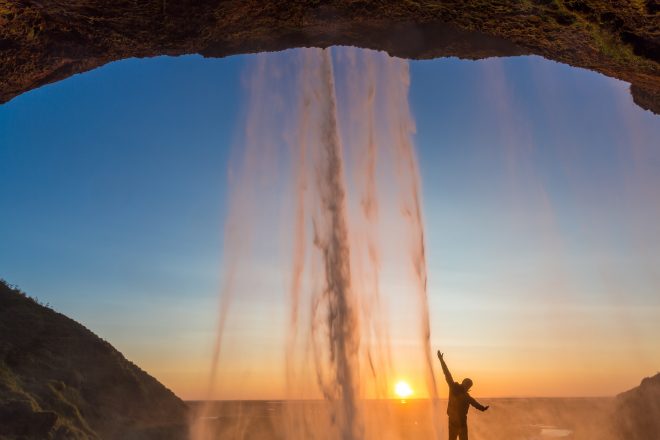
If you’re coming in the summertime, you might be expecting the Midnight Sun and the round-the-clock daylight it brings. But you may not be fully prepared for what it means for getting to sleep.
One easy solution is to bring an eye mask so you can signal to your body it’s time to sleep. Icelanders swear by them and a new trend is weighted eye masks which are particularly effective. Some people also find it helpful to bring melatonin pills with them but don’t count on buying them here. They are not available over the counter.
Taxis are Expensive
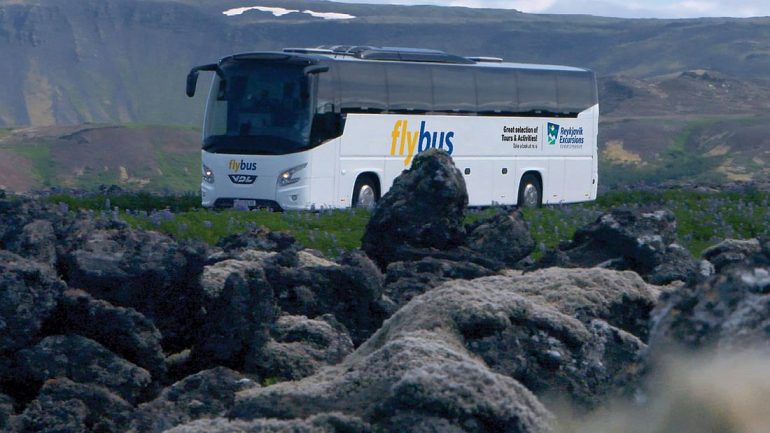
Uber, Lyft, and similar ride-hailing apps are not available in Iceland. However, there are local taxis, mostly in Reykjavík and Akureyri. Be warned though, they are expensive.
The most frequent inquiries are about taxis to and from the airport. Keflavík International Airport is approximately a 40-minute drive from Reykjavík and the fare can cost up to $160 or €140. This may be cost-effective if there are a few of you sharing the ride. But generally, it’s a better idea to opt-in for an airport shuttle. It will be a lot friendlier on the ole purse strings. See here for airport shuttles.
If you enjoy a night out and you want to get a taxi back to your hotel, that’s fine. Just don’t rely on taxis to get you around as you’ll see your expenses sore rather quickly. The bus system is fairly reliable and you can find information about public buses here www.bus.is.
Sending Postcards
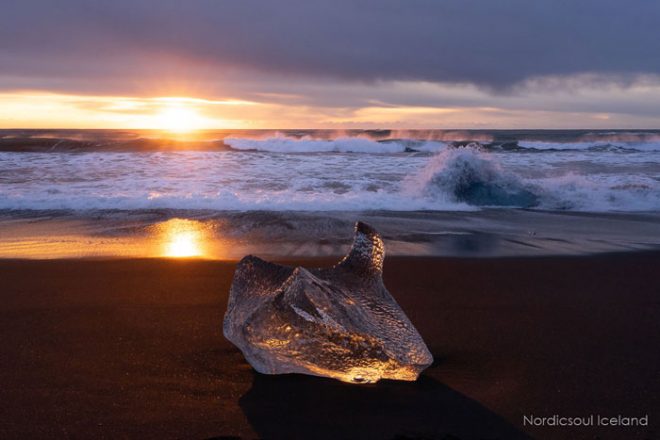
You will find a plethora of breathtaking postcards available at all gift and souvenir shops across the country. It is also possible to buy stamps at most places where postcards are available, including at your hotel. Postboxes are red and they are dotted all over the country. You can find more information at posturinn.is.
Do you have any more tips on travelling in Iceland? Let us know in the comments below.

